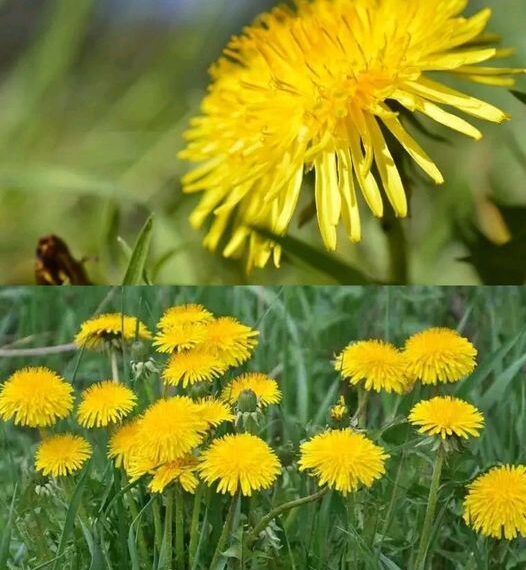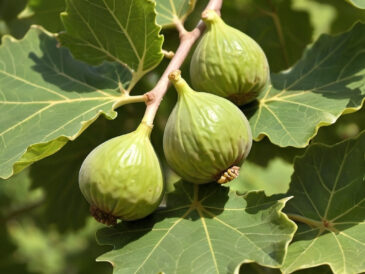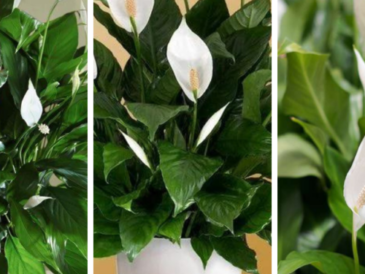The Aster’s Cultural and Symbolic Significance
Regardless of the uncertainty surrounding its name, the aster has played a significant role in various cultures throughout history. Here are some notable examples:
- Victorian Symbolism: In the Victorian language of flowers, asters symbolized love, wisdom, and faith. They were often included in bouquets to convey deep emotional messages. The aster’s star-like shape made it a popular choice for romantic and thoughtful gestures.
- Medicinal Uses: In traditional medicine, asters were used for their purported healing properties. Native American tribes utilized aster roots and leaves to treat various ailments, including headaches, colds, and muscle pain. The flower’s medicinal significance adds another layer to its historical importance.
- Modern Popularity: Today, asters are cherished for their beauty and versatility in gardens and floral arrangements. They bloom in late summer and fall, providing a burst of color when many other flowers have faded. Their hardy nature and wide range of colors make them a favorite among gardeners.
Cultivating Asters: A Gardener’s Delight
Growing asters can be a rewarding experience for gardeners of all levels. Here are some tips for cultivating these stunning flowers:
- Planting: Asters thrive in well-drained soil and full to partial sunlight. Plant them in early spring or late summer for the best results. Ensure they have enough space to grow, as overcrowding can lead to poor air circulation and disease.
- Watering: While asters prefer moist soil, they are relatively drought-tolerant once established. Water them regularly, especially during dry spells, but avoid overwatering, which can cause root rot.
- Pruning and Maintenance: Deadhead spent blooms to encourage continuous flowering. In late fall, cut back the stems to ground level to prepare the plant for winter. Dividing the plants every few years will help maintain their vigor and prevent overcrowding.
- Pest and Disease Control: Asters can be susceptible to powdery mildew and fungal diseases. Ensure proper spacing and air circulation to minimize these issues. Use organic or chemical treatments as necessary to keep pests at bay.
Conclusion
The aster, with its captivating star-like blooms and rich history, remains a cherished flower despite the uncertainty surrounding its name. Whether its origins lie in Greek mythology, linguistic evolution, or historical usage, the aster continues to enchant and inspire. Its cultural significance, medicinal uses, and modern popularity attest to its enduring appeal. By cultivating asters in your garden, you can enjoy their beauty and connect with a flower that has fascinated humanity for centuries.




